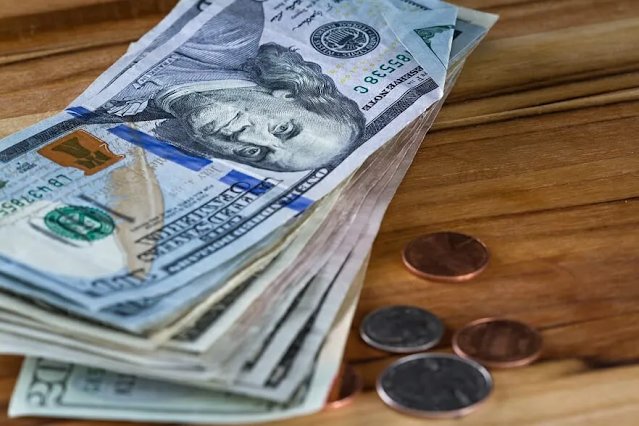The 30-Day Challenge for Financial Wellness
The 30-day financial wellness challenge will put you on the fast track to financial wellbeing.
Review and enhance your relationship with money during the following 30 days. The challenge is centered on encouraging financial behavior and financial literacy.
You will have the fundamental information and resources necessary to further enhance your financial wellbeing after completing this challenge.
XEM THÊM :
Chơi Tài Xỉu Uy Tín Ở Đâu? Tài Xỉu Online 2022
30 Day Financial Wellness Challenge
Day 1
Get a budget software to help you keep track of your spending and get acquainted with it. Use the app going forward to keep track of every expense you make.
Day 2
Plan your finances in writing. Make three categories out of your income: needs, savings, and wants.
Day 3
It's a no-spend day today, so leave your wallet at home. Additionally, avoid cheating by purchasing more the day before (or after). At mealtimes, you might need to get inventive.
Day 4
Take a deep dive into the realm of personal finance right now. The top five financial websites can be found by researching them, and you can subscribe to their emails, bookmark them, and follow them on social media.
Day 5
Buy a book on money from a financial professional and read at least one page each day.
Day 6
Establish your long-term financial objectives. Put them in writing and give your brain time to absorb them.
Day 7
Look for a strategy to spend less on food. So that you know exactly what to buy, plan your meals.
Day 8
Make a thorough plan for paying off your debt using the best-case scenario.
Day 9
Create an emergency fund and a strategy for increasing it.
Day 10
It's a no-spend day, so you can leave your wallet at home once more today.
Day 11
Investigate your retirement fund alternatives. As much as you can, learn about the various possibilities.
Day 12
On day 4, you read about money management on the websites you visited.
Day 13
It's time to learn how to calculate percentages if you have never done so. Spend some time reading about personal finances if you are not already familiar with them.
Day 14
Determine the source of any financial leaks. What money-wasters are you wasting that you could stop buying?
Day 15
When all other possibilities have been exhausted, establish a retirement fund. The more you have when you need it, the longer you save for it.
Day 16
Check out investing articles on websites you frequent.
Day 17
Today is a no-spend day.
Day 18
Create a savings strategy for upcoming sizable purchases.
Day 19
Investigate your options for earning extra money.
Day 20
Look over your bills to find areas where you may improve your quota.
Day 21
Automate your savings to ensure that money transfers to your account without your intervention, reducing the likelihood that you'll spend it on things you don't need.
Day 22
Learn what causes your emotional spending so that you may develop ways to stop it in the future.
Day 23
Learn, comprehend, and retain basic financial terms.
Day 24
Again, it is a no-spend day. You are familiar with the procedure.
Day 25
Sell everything you no longer require or use.
Day 26
Buy one more book on money.
Day 27
Automate your payments so you never forget to make a bill.
Day 28
Find out how credit cards operate.
Day 29
Learn more about investing through reading.
Day 30
Enroll in a course on financial literacy. There are several cost-free choices available to get you going.
Read Article:





Comments
Post a Comment